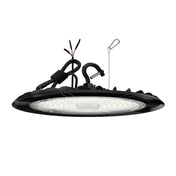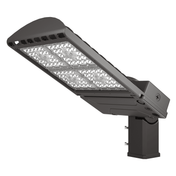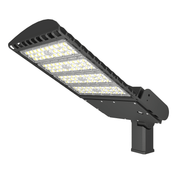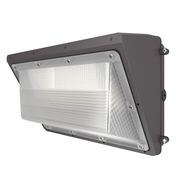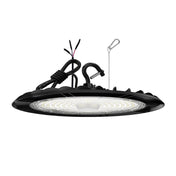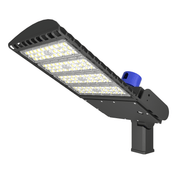In sports lighting scenarios (especially when it comes to TV broadcasts), the TLCI (TV Lighting Consistency Index) is more important than the CRI (Color Rendering Index).
Introduction
With the rapid development of LED technology, LED lights are gradually being used in a variety of locations such as stadiums ( LED lighting standards for stadiums ), workshops, studios, stage lighting, home lighting, and road lighting, etc. The main reason for this is that they are energy efficient. However, there are quite a few variations in the quality of LED lamps (e.g., TLCI), which makes them emit different light, and they can render different colours, which can be a problem when filming. TLCI stands for Television Lighting Consistency Index, which was first proposed by the European Broadcasting Union (EBU). The TLCI is an index that evaluates how well a light source works on a television camera to ensure that the colours are displayed accurately on screen. The TLCI is a standard used primarily to evaluate the quality of colour performance of lighting for television and film, and reflects the extent to which a light source reproduces colours in a television lighting environment using a scale of values from 0 to 100, with the higher the value, the greater the reproduction and the more effective the colour rendering. It plays an important role in stadium lighting ( Find Hylele stadium lighting solutions )together with CRI, so let’s go to the main text for more information about TLCI vs CRI.
TLCI vs CRI – the difference
We know a lot about CRI (Colour Rendering Index), but what is the relationship between CRI and TLCI? TLCI is similar to CRI in some ways, but it is important to distinguish between the two.
CRI (Colour Rendering Index) is a measure of the accuracy of a light source in displaying the color of an object, it is an identifying value. under natural light (usually daylight) (0 to 100), with higher scores indicating that the light source does a better job of reproducing the true color of the object.
The TLCI (Television Light Consistency Index) is designed for television camera systems to assess the accuracy of a light source’s ability to render the color of an object under the camera lens, i.e. the TLCI mimics the response of the television camera’s sensors to different light sources rather than the human eye, as in the case of the CRI. Unlike the CRI, the TLCI looks at how the TV camera sensor reacts to different light sources, i.e. how the light source affects the fidelity of the color of the image captured by the camera. Again, the TLCI is scored on a scale ranging from 0 to 100, with higher values indicating that the colors rendered by the light source in the camera lens are closer to the true colors, and the quality of the light is better.
In summary, although CRI and TLCI are both indicators of the colour accuracy of a light source, and usually the higher the CRI, the higher the TLCI value, they are not positively correlated. In addition, because they are based on the human visual system and the TV camera system response to design, so in the actual application will be different. For example, in some cases, a light source with a high CRI score may not render colours ideally under the camera lens, and then the TLCI score needs to be taken into account to assess the suitability of the light source.
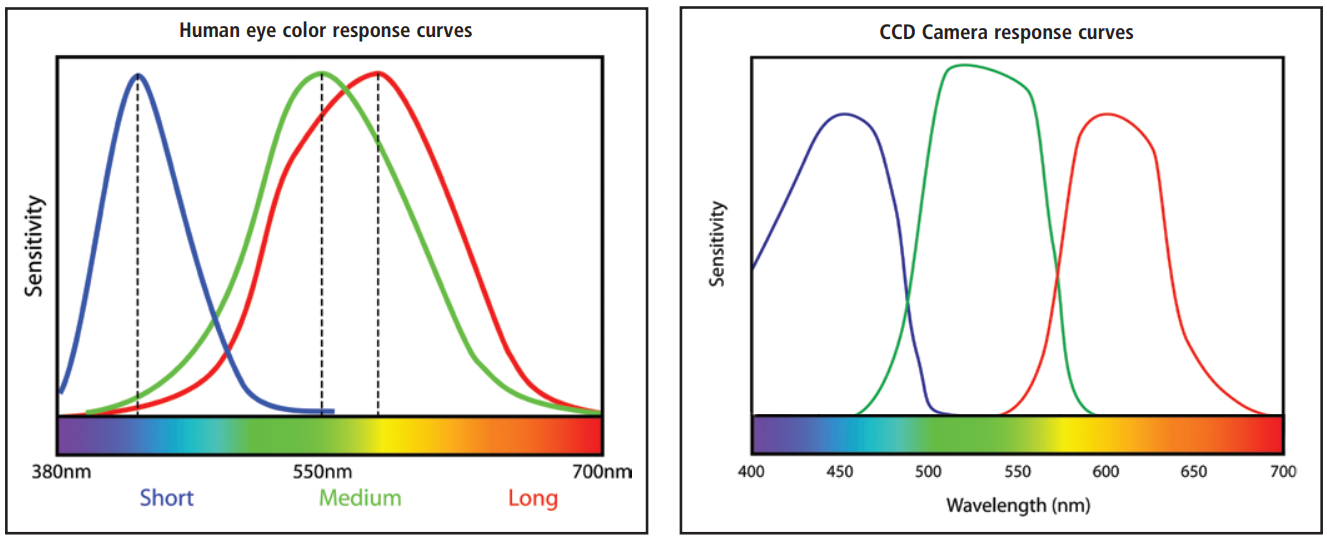
The importance of TLCI
Sports venues hosting television events do need to comply with relevant standards, such as TLC, to meet the technical requirements of television broadcasting. TLCI ensures that the lighting system works seamlessly across different camera shutter speeds and resolutions (e.g., 4K/8K HDR), maintaining the image integrity and color accuracy that is critical for television broadcasts. TLCI plays a vital role in stadium lighting ( View LED outdoor stadium lighting supplier ), with high TLCI being essential in preventing visual inconsistencies in camera shots, ensuring that cameras accurately reproduce team colours, uniforms, and the aesthetics of the field. This consistency allows spectators to enjoy the game’s highlights more clearly and also enhances their immersion in the atmosphere of the game.
In addition, TLCI brings significant benefits for post-processing images. High TLCI LED luminaires can reduce or eliminate the need for colour correction, as the lighting system emits a consistent light under different conditions, thus reducing colour variations in the image. The graph below shows the effort required by a professional colourist to capture the correct scene under different TLCI levels of lighting. As we can see, shooting a scene with 90 TLCI LEDs ( More about LED Chips ) is easy for a professional to correct, while 95 TLCI LEDs require little additional colour correction. Not only does this allow filmmakers, broadcasters, and digital creators to focus more on the creation itself, but it also improves the efficiency of image processing, speeding it up and providing a more professional and efficient support for televised or live broadcasts of competitions and events.
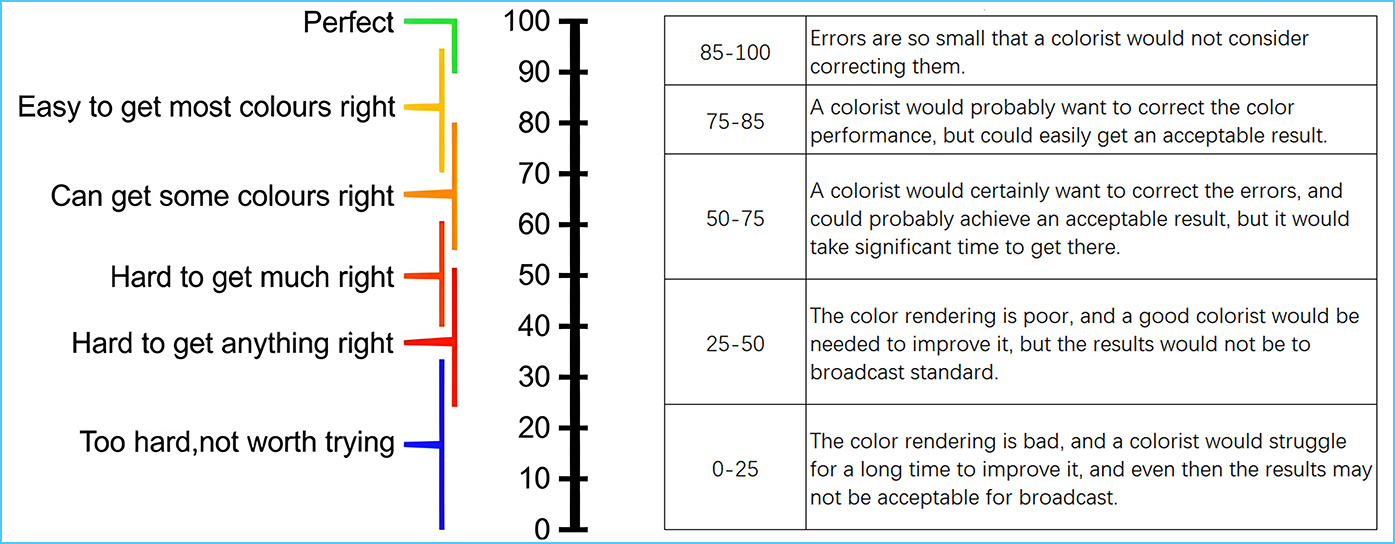
How is TLCI calculated?
How is the TLCI calculated? The complete TLCI-2012 documentation and downloadable calculator can be found on the EBU website. First of all, a spectrometer is used to measure the spectral power distribution of the light source and the spectral data from the test is imported into the TLCI calculator. By comparing the spectral data with a reference light source, we can derive the TLCI value of the light source under test. During the comparison process, it analyzes the rendering of 18 color blocks (representing the 18 color samples in the TLCI calculation, plus 6 gray level inputs) under the tested light source. A small patch is inserted into these 18 color blocks, and if the inserted square is not visible, the test light source is accurate and little or no color correction is required. symbols indicate that a greater magnitude of correction is required. More 0‘s mean higher TLCI values, and more +’s or’s mean lower TLCI values. The software ultimately outputs a nominal value (i.e. a TLCI value) from 0 to 100, which indicates how well the light source reproduces colors in a TV lighting environment.

Hylele Sports Lighting Solutions
TLCI (Television Lighting Consistency Index)
Hylele’s sports lights can be fitted with high-quality LED chips that have a high TLCI value. In this case, it ensures that the lighting is compatible with TV and radio cameras, allowing them to better and more accurately reproduce the colors on the sports pitch, thus avoiding distortions in the TV picture. ZGSM also recommends that stadiums hosting major events comply with standards such as the Television Lighting Consistency Index (TLCI), which has been developed by organizations such as the European Broadcasting Union, as such events are often broadcast live or on air. The Television Lighting Consistency Index is a standard that organizations such as the European Broadcasting Union (EBU) have developed, as such events are often broadcast live or on air. Whether it is a live broadcast or a later need for image processing broadcast, high TLCI court lights in color reproduction are more advantageous. Take the cricket pitch as an example, international matches or live TV broadcasts require a TLCI>90. If you are interested, you can refer to the corresponding article on cricket pitch lighting.
CRI (Color Rendering Index)
The CRI (Colour Rendering Index) measures how accurately a light source displays the true color of an object compared to natural light. As mentioned in the first half of the article, the level of this index has a direct impact on the ability of athletes and spectators to accurately perceive the color of objects on the pitch. For athletes, a high CRI helps them to better identify the ball, the jersey, the surroundings, etc. For spectators, a high CRI means a more realistic appreciation of the colors of the game. According to EN12193 ( Find more about EN12193 standards for sports lighting ), most stadiums require a CRI greater than 80, but if the budget allows, we recommend a higher CRI value, such as CRI90 or CRI95. Hylele’s stadium luminaires can be customized to meet the specific needs of our clients, so please feel free to contact us if you are interested.
Lighting uniformity
Lighting uniformity refers to the distribution of light over an illuminated area (e.g. a pitch), which is usually measured by the ratio of the illuminance minimum to the illuminance average, i.e. U = Emin/Eave. as can be seen from this formula, poorer uniformity means that the light is less evenly distributed over the pitch, which often results in shadows or black spots appearing in the pitch. These shadows or black spots may increase the risk of misjudging court movements or the ball, which in turn can lead to errors or even injuries, which can be extremely detrimental to the athlete. According to EN12193, there are different levels of illumination uniformity, such as 0.7, 0.6, and 0.5, depending on the level of play or the requirements of the programme. Hylele’s court luminaires are equipped with different lenses and are designed to meet the corresponding illumination uniformity requirements.
Flicker-free
There are two types of flicker. One is a flicker that is visible to the naked eye, which is usually caused by a malfunctioning luminaire. It can be a distraction, negatively affecting productivity, driving safety, and athletic performance. The other is flicker, which is difficult to detect with the naked eye but can be captured by a video camera or mobile phone. It manifests itself as irregular brightness fluctuations or flickering streaks in the recorded video or image, which degrades the quality of the video and image. shooting with high-speed cameras, it is often necessary to use high-quality LED fixtures (with high-quality LED drivers) to avoid the stroboscopic effect produced by flicker, and thus improve broadcast quality. Therefore, for stadiums that require broadcasting and live streaming, LED stadium lights with flicker-free technology ( Why do LED lights flicker? ) are particularly important.
Summary
The TLCI (Television Light Source Consistency Index) is a metric created specifically for television camera systems to measure how accurately a light source presents the color of an object to the camera lens. We not only discuss the definition of TLCI, but also analyze the difference between TLCI vs CRI, how TLCI is calculated, and the key role TLCI plays in stadium lighting. At the same time, we also analyze the factors that play an important role in sports pitch lighting, which include CRI, lighting uniformity ( Good light distribution is quite important ), flicker, etc. We hope that this information can provide readers with a better understanding of the TLCI vs CRI. We hope this information can provide valuable reference for readers, and we look forward to more relevant exchanges with you.
Therefore, in sports lighting involving television photography, light sources with TLCI ≥ 85 are preferred to ensure color consistency of the broadcast images; if the audience experience needs to be taken into account, CRI (recommended ≥ 90) can be used to optimize the human eye’s perception.


